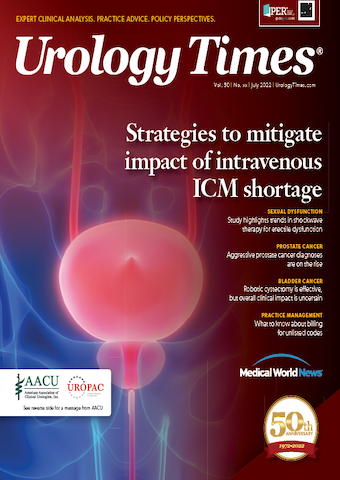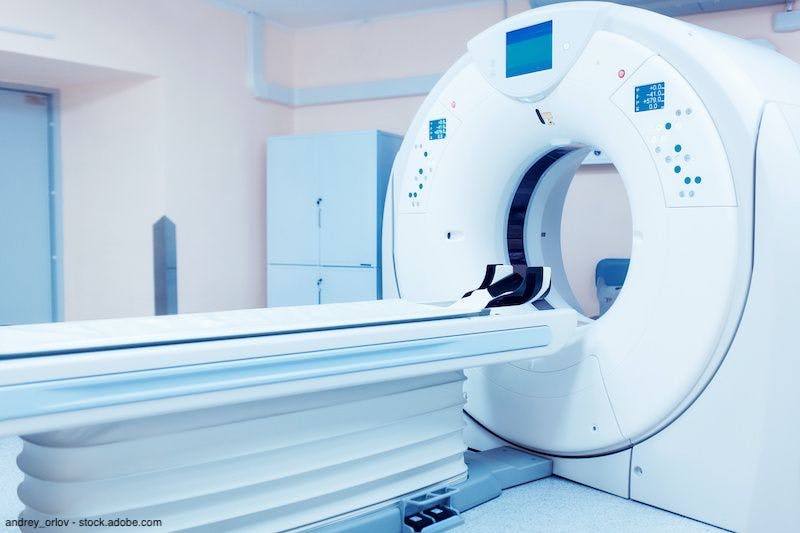Publication
Article
Urology Times Journal
What to know about billing for unlisted codes
Author(s):
Supplemental information on safety and efficacy of service may be needed.
Jonathan Rubenstein, MD

I am having issues billing an unlisted code for a new procedure the doctor is performing. Do you have any suggestions for appropriate billing of an unlisted code?
Unlisted codes are not unfamiliar to urology practices. According to Current Procedural Terminology (CPT) coding instructions, when procedures or services performed by physicians do not have a valid or descriptive CPT or Healthcare Common Procedure Coding System (HCPCS) code, the service should be reported using an unlisted code. The unlisted code selected must be from the appropriate anatomic section of codes.
Mark Painter

Any procedure or service billed with an unlisted code must be appropriately documented in the medical record. The medical record should include an accurate description of the service provided, the associated results (as applicable), and clear and discernable medical necessity for the service. Clinical documentation must be submitted for reimbursement for virtually all unlisted codes. Payer review of the medical documentation will first determine whether the unlisted code is appropriate for the service provided. If there are no other applicable codes available, the payer will next review the medical record for medical necessity and appropriateness of the service.
Appropriateness of the service for new services will include analysis of safety (FDA approval, if appropriate) and efficacy of the service. You may be required to provide supplemental information that supports the safety and efficacy of the service in the form of peer-reviewed documents for some unlisted services.
Because there is no set description for these miscellaneous or unlisted procedure codes, you will need to enter a description of the service or procedure provided. Most practice management systems will provide an appropriate field to enter the description for the service provided. If you are billing the same service for more than 1 patient encounter, it is important to provide a consistent description with the unlisted procedure code.
You may also enter additional supporting information for the service, such as comparative service code(s) or code(s) that have a CPT definition and assigned reimbursement to help the payer determine both the effort and equipment required and to help determine reimbursement. Again, most practice management systems will have a field for entering this type of information. The field information, when printed on a Centers for Medicare & Medicaid Services (CMS) claim form, will display in Box 19. Note that printed documents and field length in an electronic claim are limited; be judicious in your wording. We have noted that some systems will combine fields from the description and additional information fields on the printed CMS form. As most are now billing electronically, you may not see the final format in the electronic form.
If you are entering information in all the required fields and you are still having problems with the payer processing the claim at the point of submission, you may wish to review with your practice management system vendor what limitations the system presents and how the information is parsed on the electronic claim. You may also need to speak with your payer regarding special requirements for that payer.
As mentioned previously, documentation of the service is often required prior to payment. Although some payers will allow submission of clinical documentation prior to initial payment review, the attachment of clinical documents to a claim is dependent on your system, clearinghouse abilities, and the payer. It may require some trial and error to determine when and how documentation can be provided to support the services provided.
Coverage of unlisted codes is a separate issue. As some unlisted codes are used to report techniques, new devices used, or new services, the payer may or may not consider the service as experimental or not covered. You should always check with your payer to determine whether the service will be covered, if possible. We understand this process is oftentimes consuming and, in many cases, will result in noncommittal or even a lack of true direction. The contact of the payer prior to provision of the service is wise.
Although these types of services require additional work, the limitations of the CPT system and the speed of code development require that a good billing department understand how to submit and follow unlisted services for adequate payment. This may also require appeal of payment amount and submission of additional supporting data such as invoices or comparative time and work estimates—be prepared and tenacious.
Send coding and reimbursement questions to Jonathan Rubenstein, MD, and Mark Painter c/o Urology Times®, at UTeditors@mjhlifesciences.com.
Questions of general interest will be chosen for publication. The information in this column is designed to be authoritative, and every effort has been made to ensure its accuracy at the time it was written. However, readers are encouraged to check with their individual carrier or private payers for updates and to confirm that this information conforms to their specific rules.

Newsletter
Stay current with the latest urology news and practice-changing insights — sign up now for the essential updates every urologist needs.



























